Sir Charles Henry Augustus Frederick Lockhart Ross was born in Scotland, the son and heir of the eighth Baron of Balnagown, whose baronetcy he inherited at the age of 11 when his father passed away. At the height of his wealth, he was considered the second-largest landowner in the United Kingdom, with an estimated 360,000 acres and thousands of tenants on his estate. To firearm enthusiasts, he was the inventor of the series of Ross straight-pull rifles that won numerous trophies at Bisley and worldwide acclaim for their unerring accuracy. Yet, the same qualities that endeared it to target shooters proved life-threatening to Canadian soldiers who used them in the trenches during the Great War.
He designed his first rifle while still a student at Eton. At the age of 25, he moved to Canada to pursue financial interests in several ventures in British Columbia. That same year, he patented his famous—or infamous—straight-pull rifle. It was similar to the Austrian Model 1890 Mannlicher straight-pull model, but Ross coupled his new design with superior sights and a remarkable cartridge: the .280 Ross, one of the fastest and flattest-shooting rounds of the era.
As a sporting rifle and a match-target rifle, it garnered a series of awards and praise on both sides of the Atlantic. Ross’ rifle company in Hartford, CT, was considered an up-and-coming, growing concern.
He soon developed a military version of his straight-pull design and the Mark I model was purchased by the Royal Northwest Mounted Police As the Boer War in South Africa heated up, Britain called upon its Dominion and Commonwealth nations to assist in the struggle.
Canada beseeched the British War Department for supplies of the .303-caliber Lee-Enfield rifle to equip its troops. The Canadians were flatly turned down, as England needed all the rifles it could produce for its own soldiers. Ross spied an opportunity and offered to build a rifle factory of his own in Canada to supply the troops with his own invention. By 1903, the Ross Rifle Company was firmly established in Quebec, with a 12,000-rifle-a-year contract to provide rifles for the Canadian military.
In the tradition of British-service-rifle nomenclature, a rifle proposed for adoption is field-tested, and once any wrinkles are ironed out, the approved rifle is “sealed” and all future rifle deliveries are to be identical to the “sealed” specimen. No changes are permitted without the approval of the Board of Ordnance. While American service arms are often referred to by the year of their adoption (i.e. the 1903 Springfield) or model numbers (M1, M14, M16 etc.), the British adopted a system where each model was known by a “mark,” with subsequent changes indicated by an asterisk or star. For instance, the SMLE Mk III was the standard service rifle of the UK forces in the Great War. Changes to that rifle would be noted on the receiver of the rifle by the addition of an asterisk following the initial model name. SMLE MK III* would indicate a change had been made from the original sealed pattern.
Unfortunately for the Ross, the MK II that Canada contracted for starting in 1905 underwent so many changes that some are encountered with the stamping MK II 5* because the rifle was found wanting in so many different areas. Issues with the bolt design, sights and the 30.5-inch-barrel length forced changes on a regular basis. Ross’ personal relationship with two key members of the Canadian Government protected his reputation, rifle and business, as he was shielded from the harsh criticism that would have surely besieged any other contractor-client relationship under normal circumstances.
In 1910, Ross introduced the MK III rifle, a nearly totally revamped version that included an interrupted bolt thread and what most would consider the finest tuned sights on any military rifle in the world. It was this rifle that cleaned up in the matches and held so much promise in the few years prior to the outbreak of war in 1914.
When the Canadian Expeditionary Force (CEF) arrived in France in 1914, its MK III rifle was ill-suited for use in the trenches. For starters, it had a barrel that was 5 inches longer than the SMLE. With the 11-inch bayonet, the gun was a monstrous 61 inches in overall length, not quite something that was easily wielded within the cramped confines between a parapet and parados.
Secondly, the rear sights—possibly the best on any rifle of the era—were grossly over-complicated for the average soldier to understand and put to use. Given the urgency of unfolding events on the Western Front, training a recruit in how to adjust and fine-tune the sights was just a step beyond comprehension for most.
Like many bolt-action rifles of the time, the rear sight was calibrated at a set distance, but had graduated markings for longer-range when the sight was flipped up • Straight-pull operation meant the Ross could be cycled faster and was similar to the better-known Mannlicher straight-pull rifle • While the Ross was quite accurate, its tight-fitting components were not ready for battle conditions.
A third issue was the straight-pull bolt system. Another failure of adequate training, the bolt apparatus could be removed from the gun for routine cleaning and reassembled and inserted into the receiver in such an incorrect manner that when the trigger was pulled, the bolt would exit rearward with the same force the bullet exited the muzzle. The result was horrible facial disfiguration for right-handed shooters and a sometimes-fatal result for those who were left-handed.
Perhaps the most universal complaint and frequent issue was the jamming of fired cartridges. Manufactured to match-grade tolerances, the action of the MK III was intolerant of the mud and dirt of the trench environment. Additionally, there was an ever-so-slight difference in the shoulder/headspace dimensions between Canadian-manufactured .303 and British-made .303, resulting in ruptured and blown cases that oftentimes required the soldier to clear the jam by kicking the bolt open.
It wasn’t very long before Canadian soldiers were relieving their fallen British comrades of their SMLEs and discarding their Ross rifles. At first, orders went out that the practice of “losing” one’s MK III in favor of a SMLE was forbidden, but by 1916, Field Marshall Haig ordered an end to the suffering caused by the Ross rifle and had them all removed from the theater and replaced with the SMLE.
Strangely enough, Haig’s edict wasn’t the end of the story of the Ross Rifle. Despite their utter failure as a trench rifle, they were still incredibly accurate. About 100 of them were fitted with U.S. Model 1913 Warner & Swasey 5X scopes, and in the hands of the well-trained Canadian marksmen, they were considered the best sniper rifle on the Allied side.
Having produced slightly fewer than 500,000 rifles during the short span of the Ross Rifle Company, they continued to see limited, but useful, service in the far-flung reaches of the Empire well into the 1950s. As for Ross himself, he was done by the rifle’s failure and by 1917 was forced to sell his factory to the Canadian Government. He died in 1942 at the age of 70, with his last words (spoken to his nurse at the time of his passing) being: “Get the hell out of here!”
Read the full article here

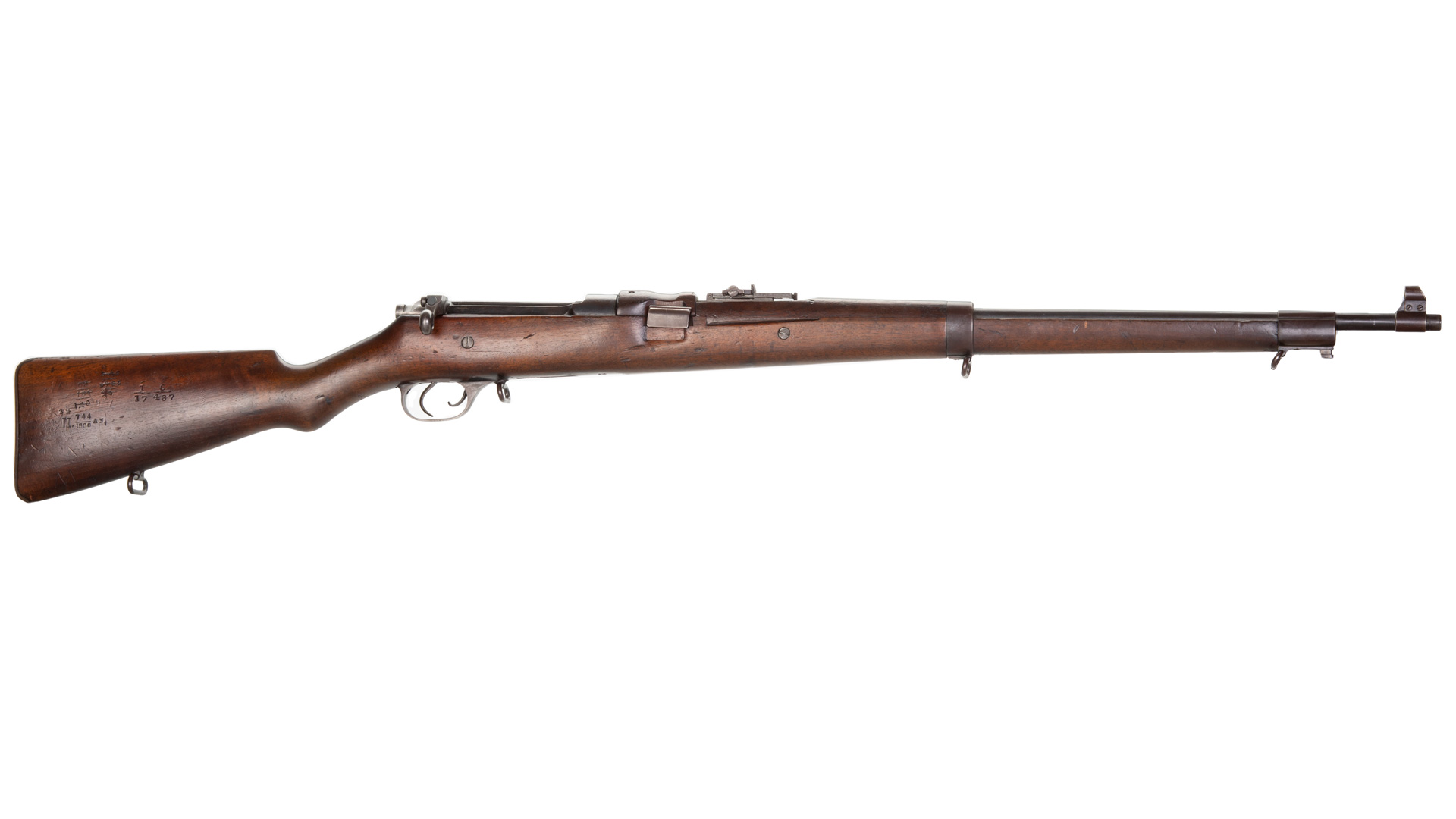
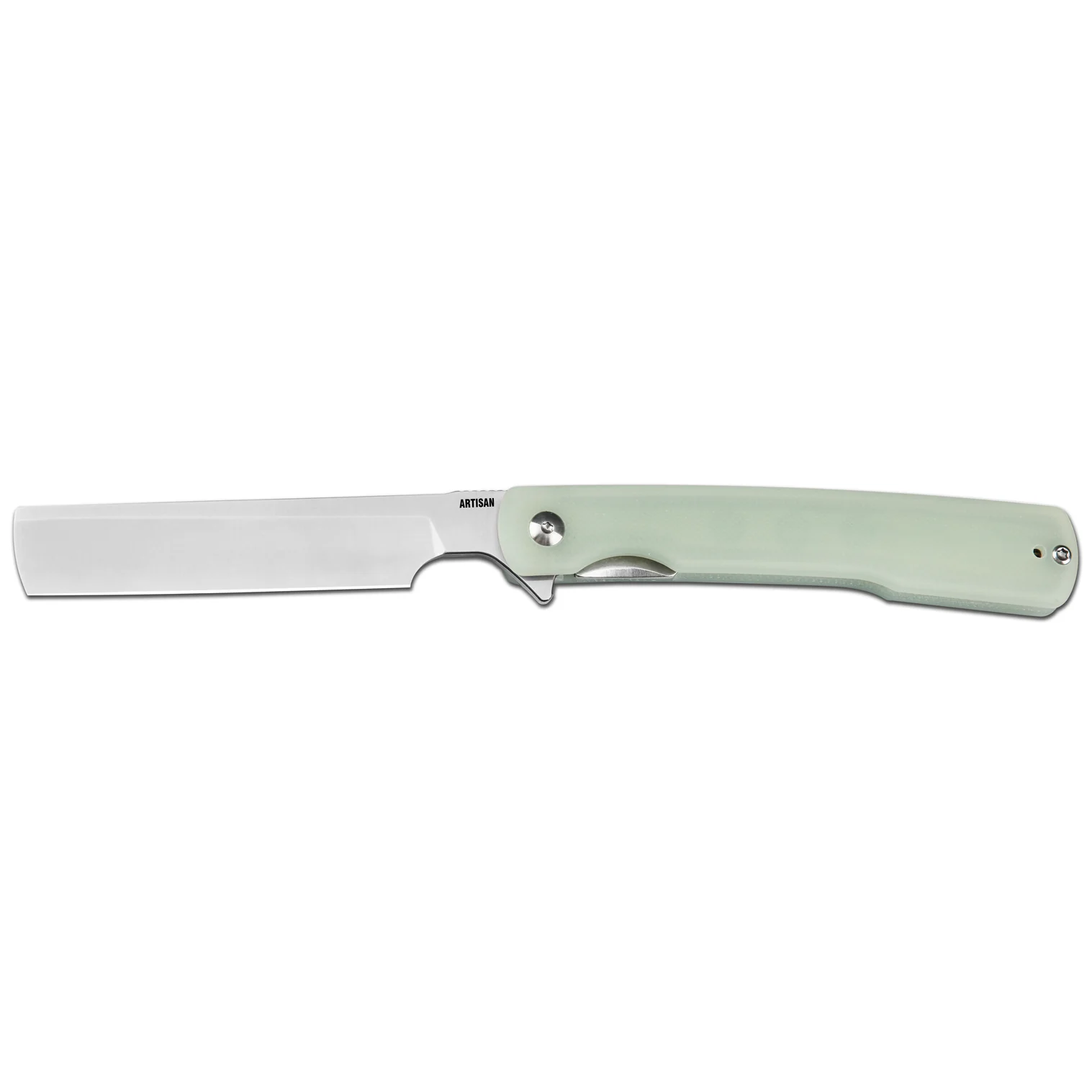
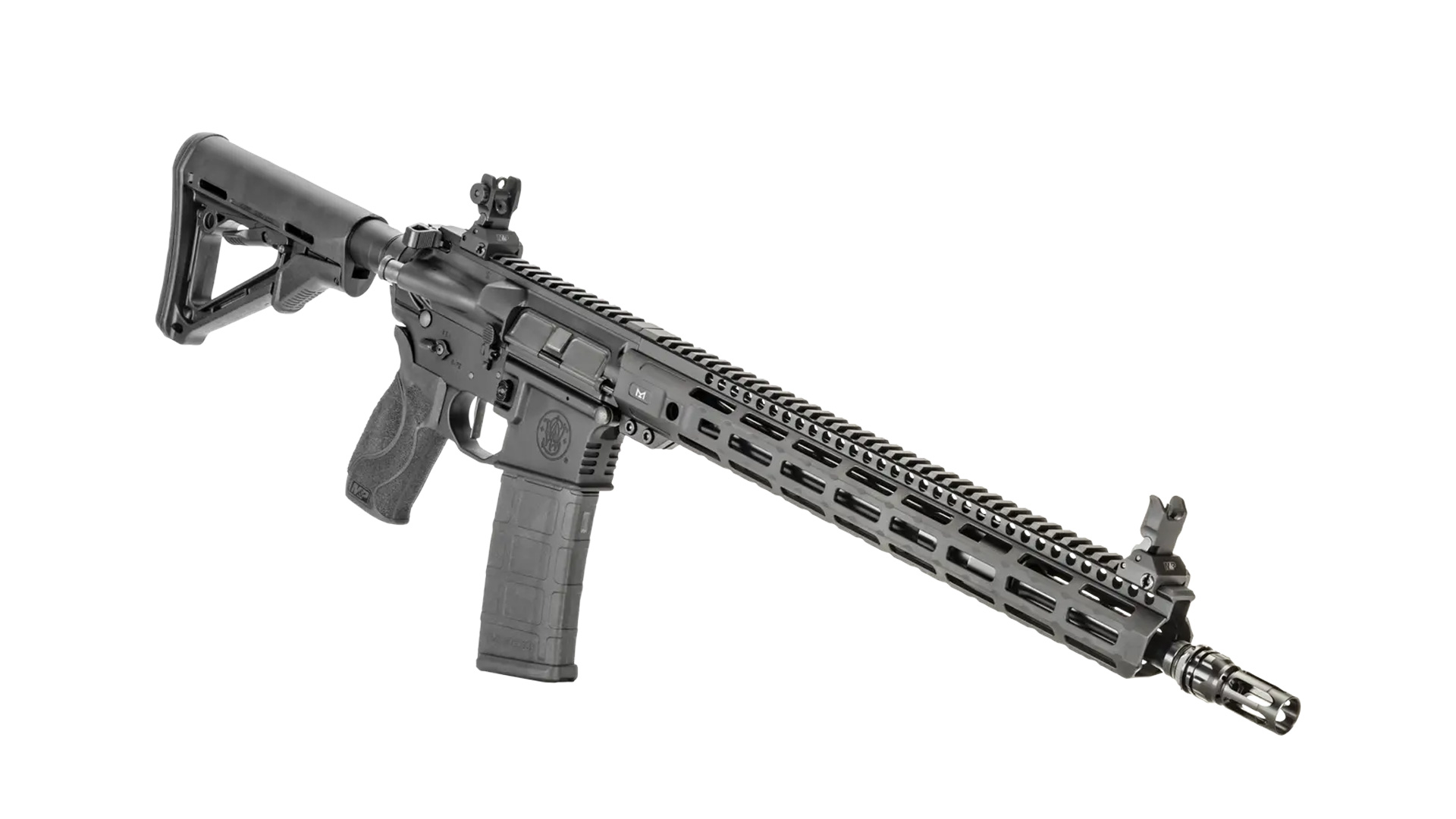
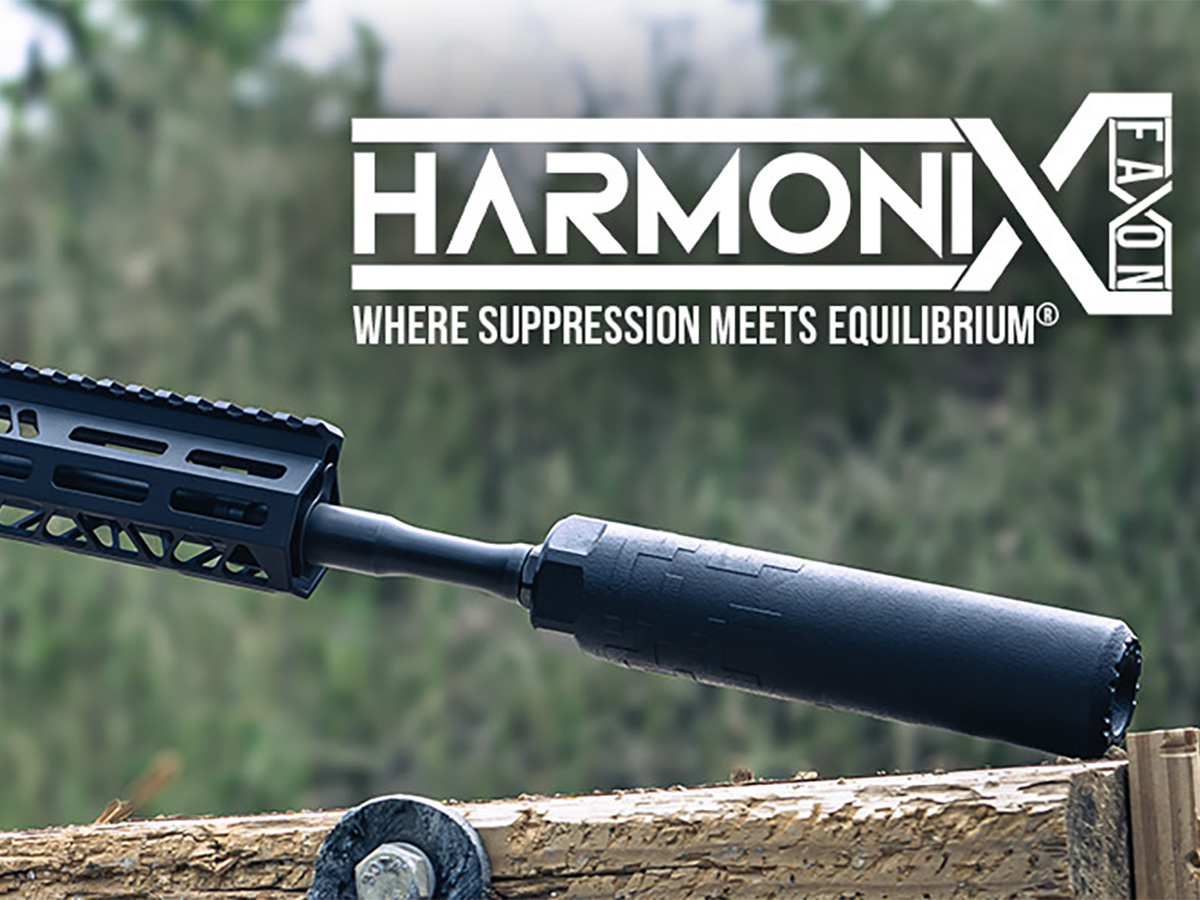
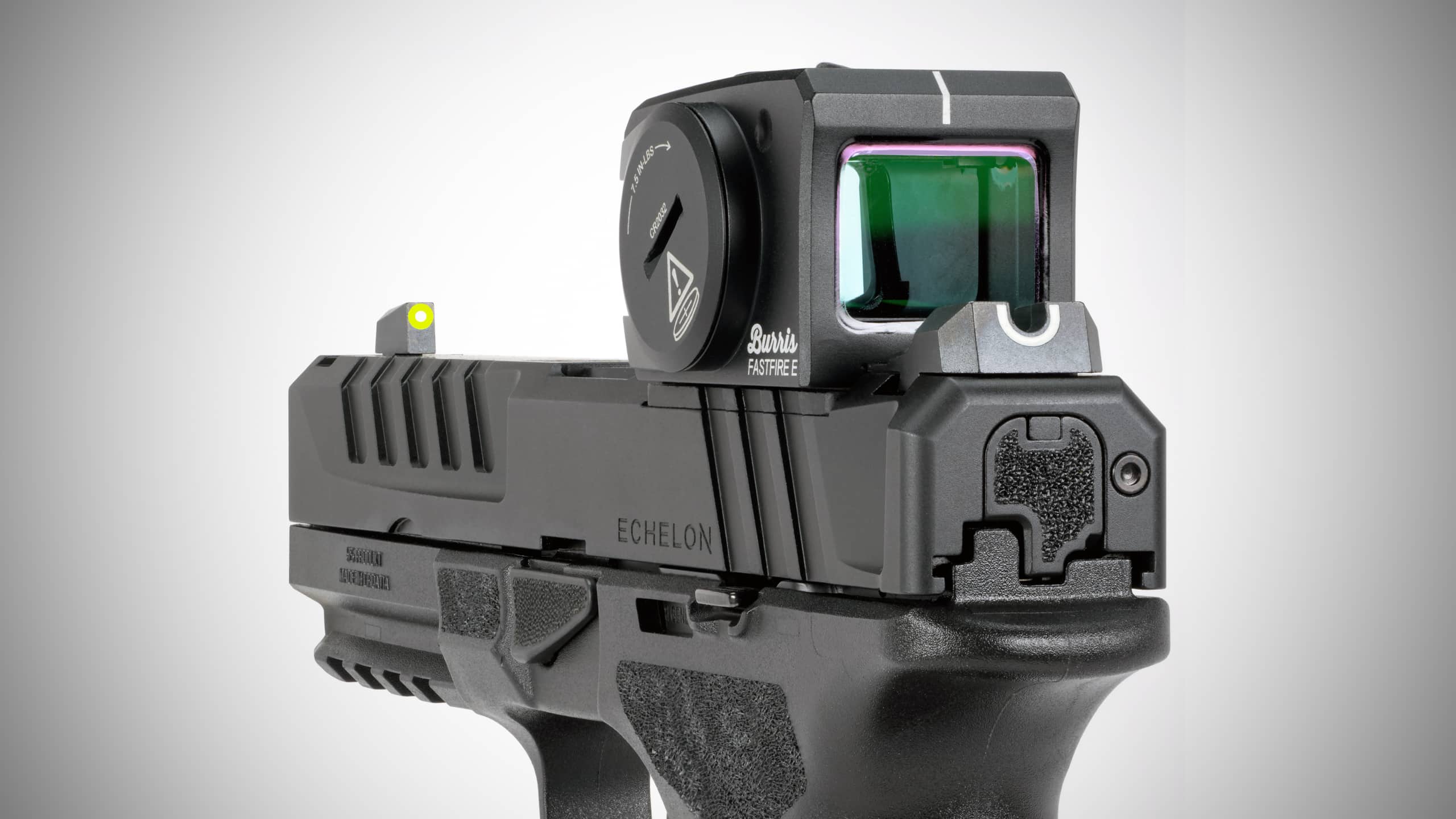
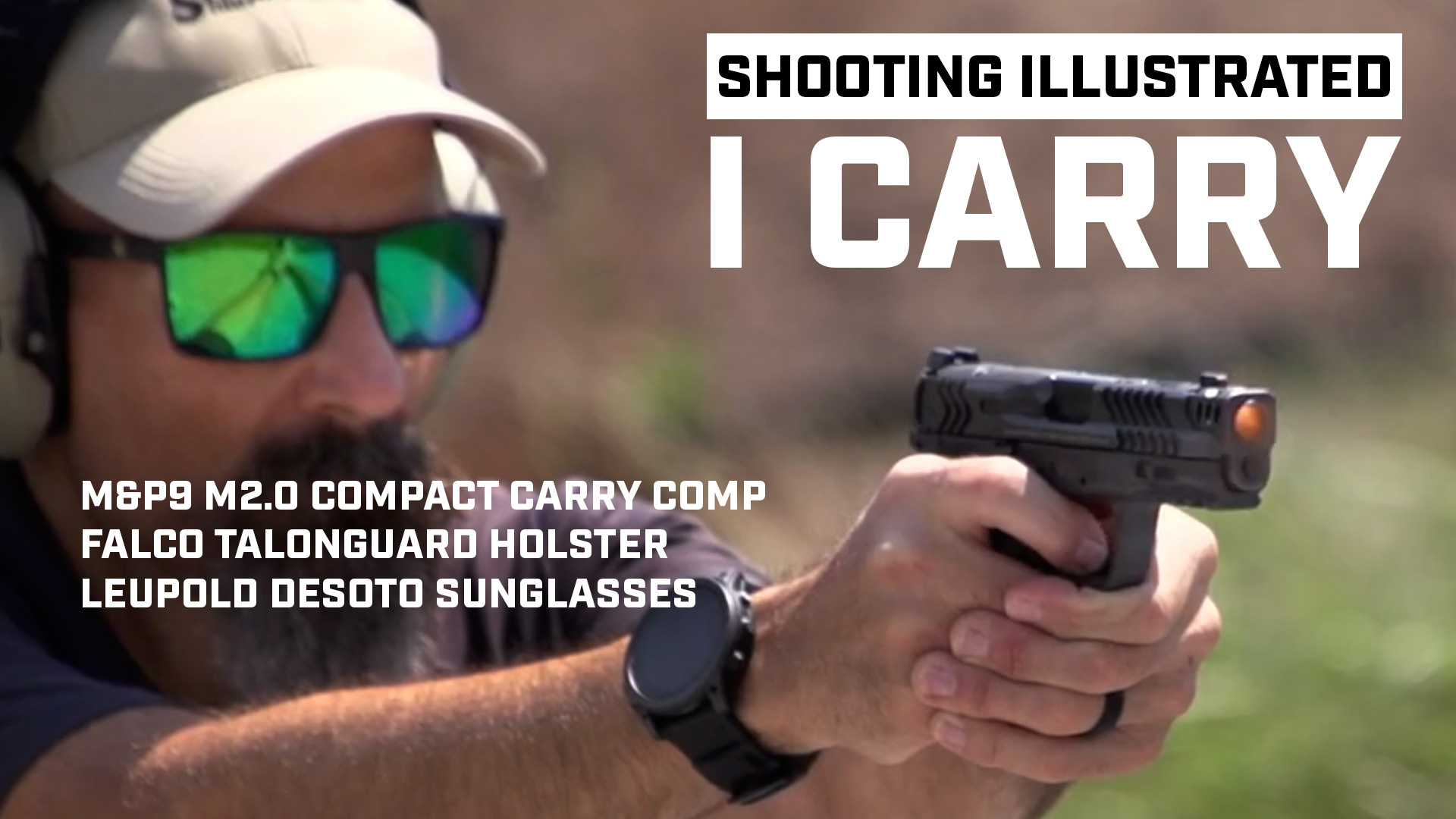
Leave a Reply